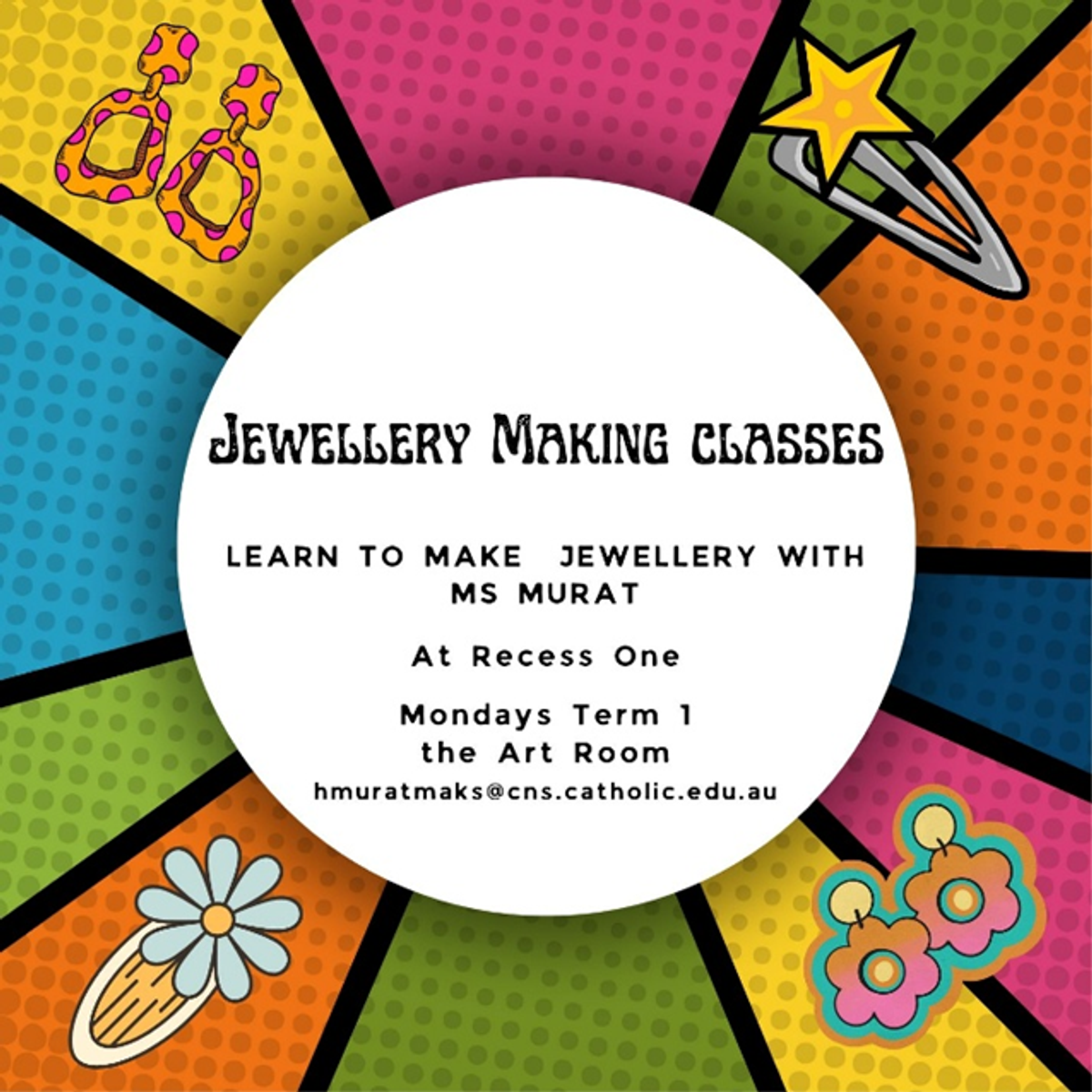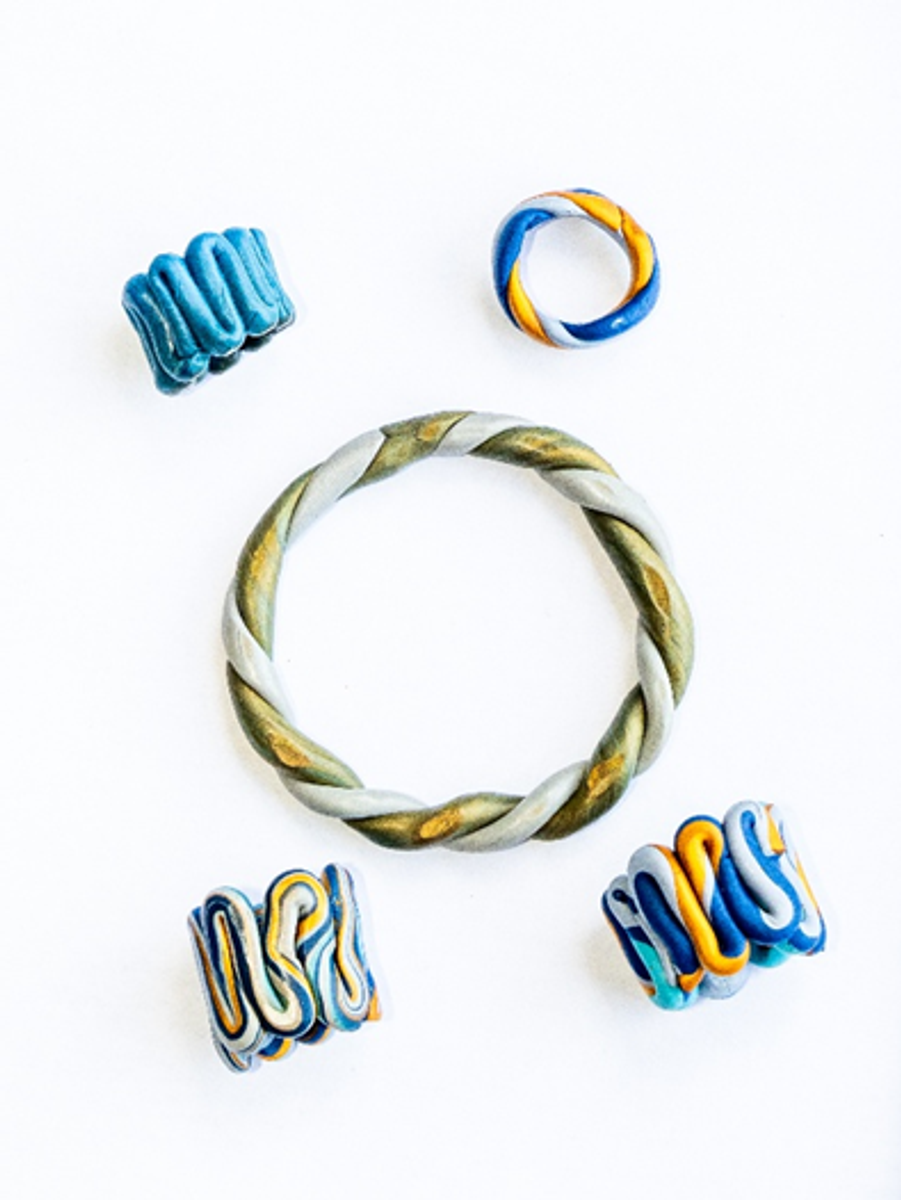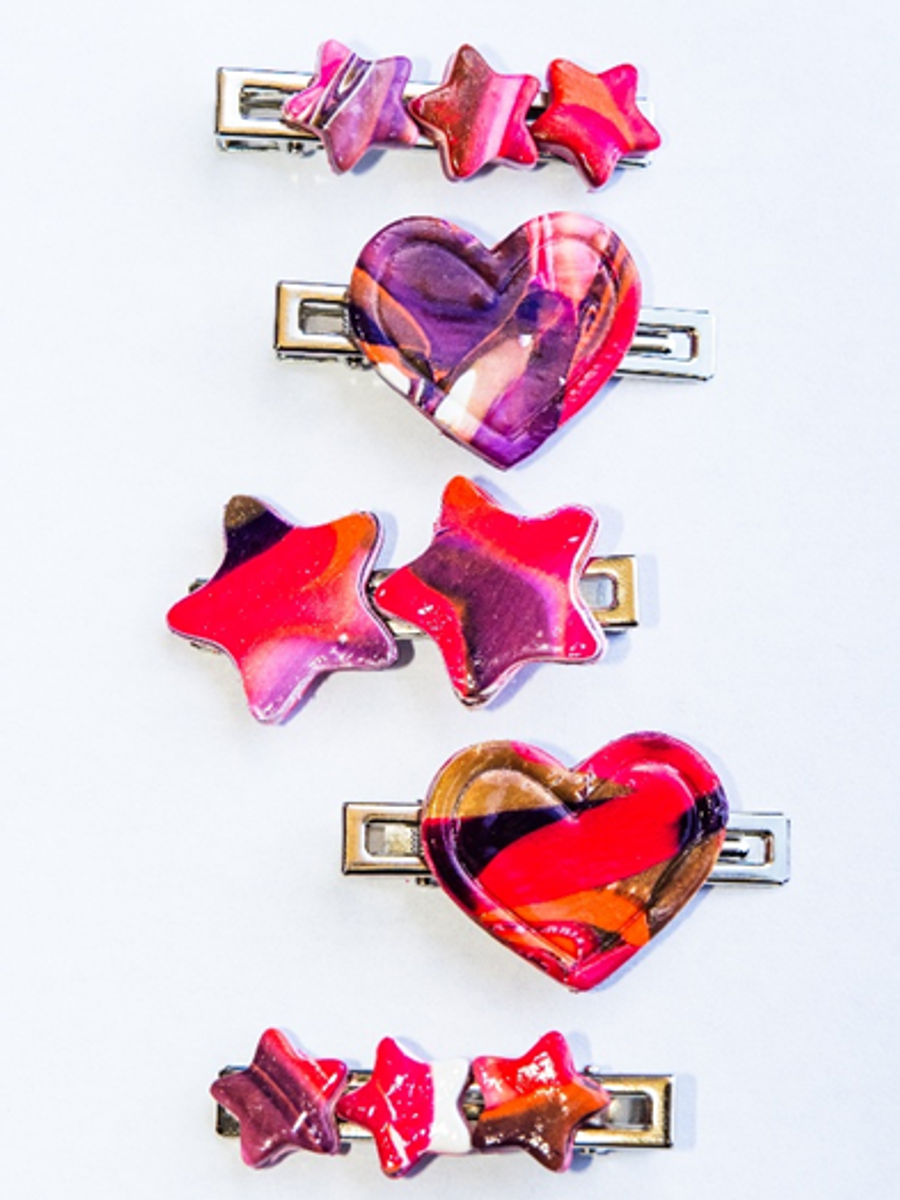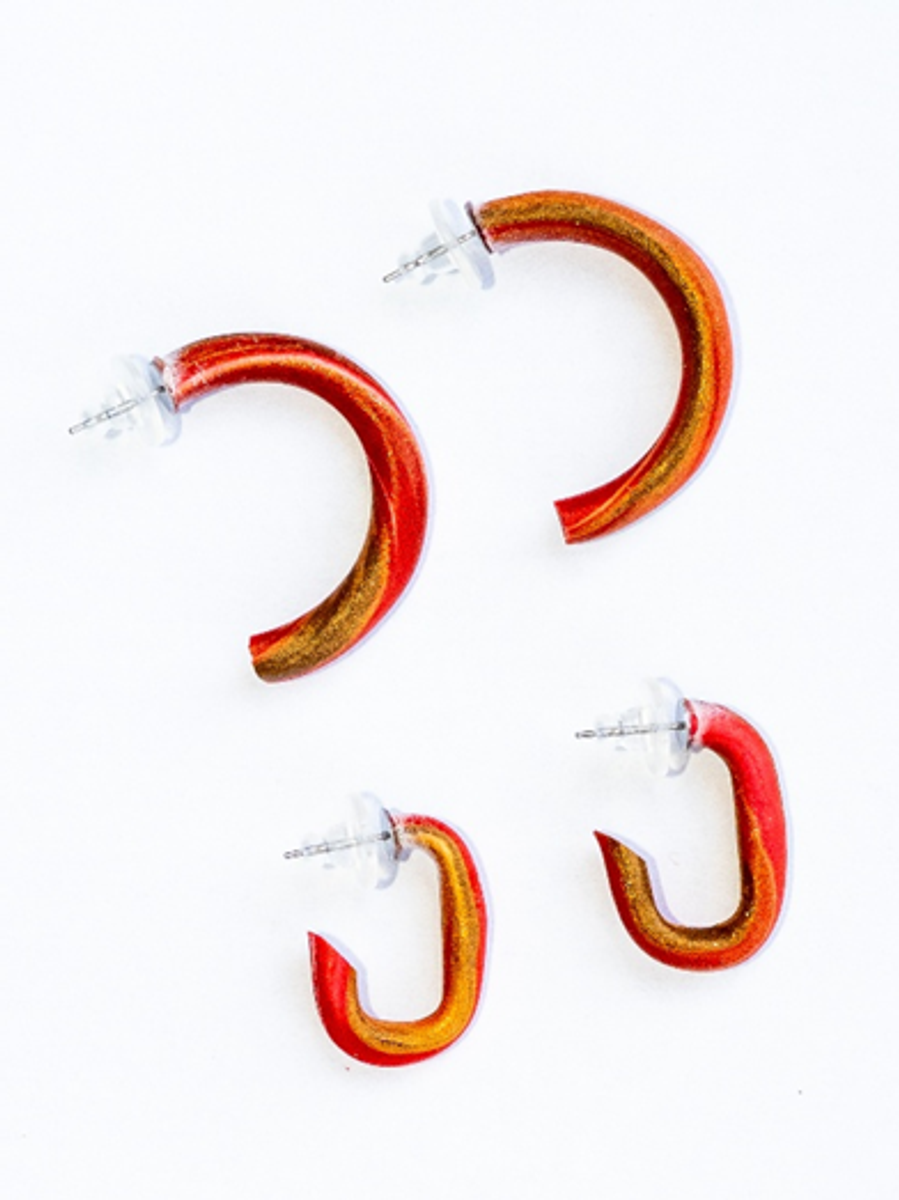Guidance Counsellor News
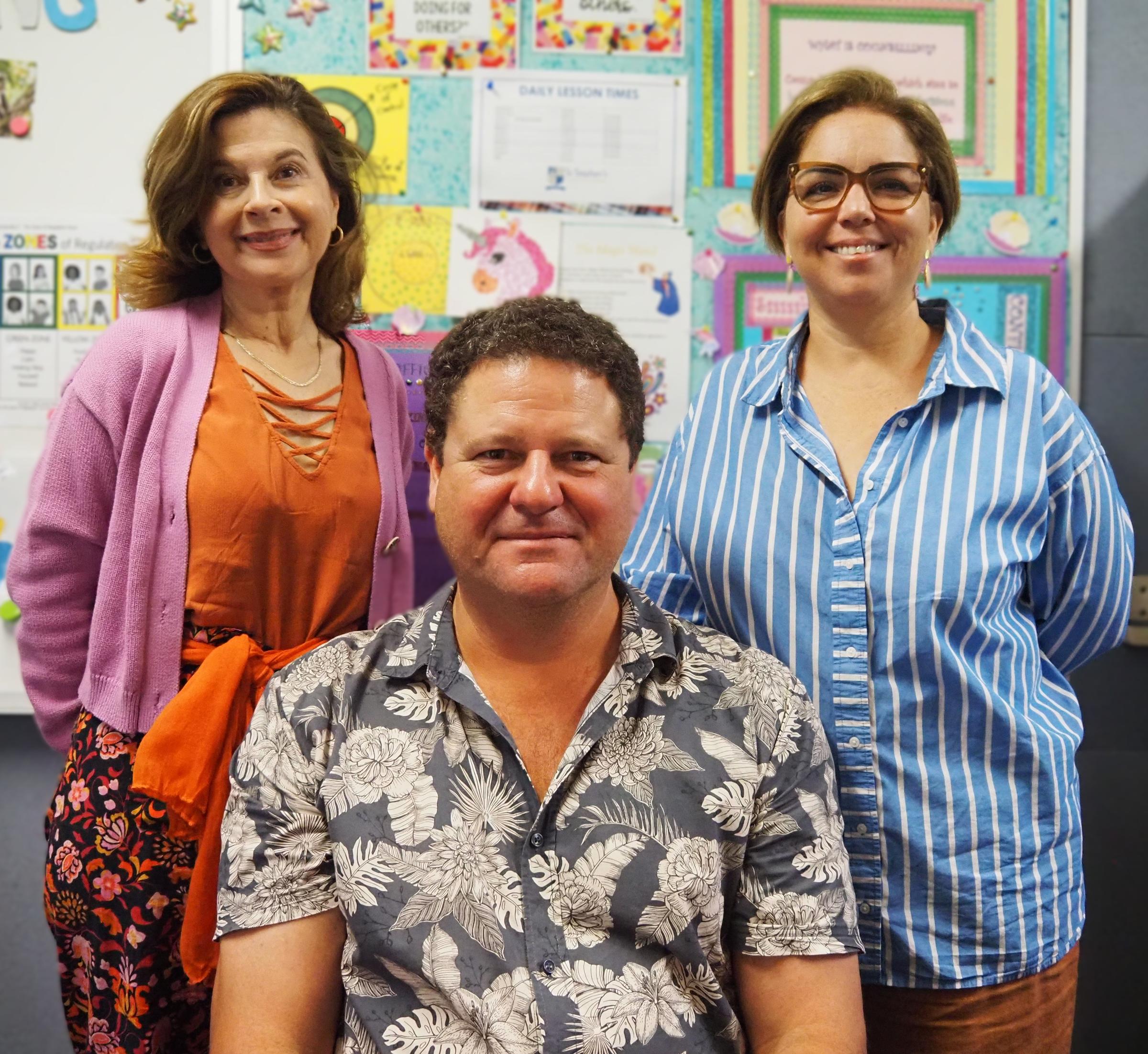
"Art as Therapy" and the Jewellery Making Program at St Stephen's
It’s been a busy first term in the counselling department. On top of the many individual counselling sessions provided to students this term, we are also providing group programs to enhance resilience, build social and coping skills and develop the ability to self-reflect. One of these group interventions is the Jewellery Making Program run by Ms Murat during recess one on Mondays in the art room. Each Monday students are invited to create and work on a piece of jewellery that they can take home once finished. This program draws on the concept of “Art as Therapy” to reach a range of therapeutic outcomes.
For those unfamiliar with this process, "Art as Therapy" refers to the use of the creative process of making art as a tool for healing and self-expression. It’s a therapeutic approach where art is not created for the sake of aesthetics or skill but rather as a means of exploring emotions, reducing stress, improving mental well-being, and fostering personal growth. In this context, art becomes a medium through which individuals can express feelings that might be difficult to verbalise, process complex emotions, and build self-awareness.
Benefits of Using "Art as Therapy" in Schools
Emotional Expression and Regulation: Adolescents often struggle to express their emotions or may not have developed the necessary vocabulary to articulate what they feel. Art provides a non-verbal outlet for emotions, allowing students to process and express feelings of anger, sadness, confusion, or joy in a safe and supportive environment.
Stress Relief and Relaxation: Art activities can help reduce stress and promote relaxation, providing students with a space where they can focus on the creative process rather than on external pressures.
Enhanced Self-Esteem and Confidence: When adolescents create art, they gain a sense of accomplishment. Completing an art project, even if it's not perfect, can help boost self-esteem. This is particularly important during adolescence, a time when identity formation and self-worth are at the forefront of development.
Improved Communication Skills: For those who find it difficult to communicate verbally, art offers an alternative form of communication. This can help adolescents articulate feelings or experiences they may be unwilling or unable to talk about, fostering better communication skills both with peers and adults.
Personal Insight and Reflection: Through the process of creating art, adolescents can reflect on their experiences, thoughts, and feelings. Art therapy provides a way to explore personal struggles, conflicts, and desires. This process can lead to greater self-understanding and insights into one's behaviours or reactions.
Social-Emotional Learning: Creating art can contribute to the development of key social and emotional skills, such as empathy, cooperation, and emotional regulation. In group settings, students may share their artwork and insights, leading to meaningful discussions and a deeper sense of connection with others.
- Building Resilience: Working through challenges during the art-making process can help adolescents build resilience. Overcoming difficulties in creating a piece of art can mirror how they tackle challenges in their personal lives, teaching perseverance and adaptability.
In school settings, “Art as Therapy” offers a unique, accessible approach to helping students cope with the pressures of growing up and navigating their complex emotional worlds. If you would like your young person to join the program encourage them to see or email Ms Murat. We’d be happy to have more students join!
Peter Graham, Katharina Lane and Havva Murat-Maksuti
Guidance Counsellors

